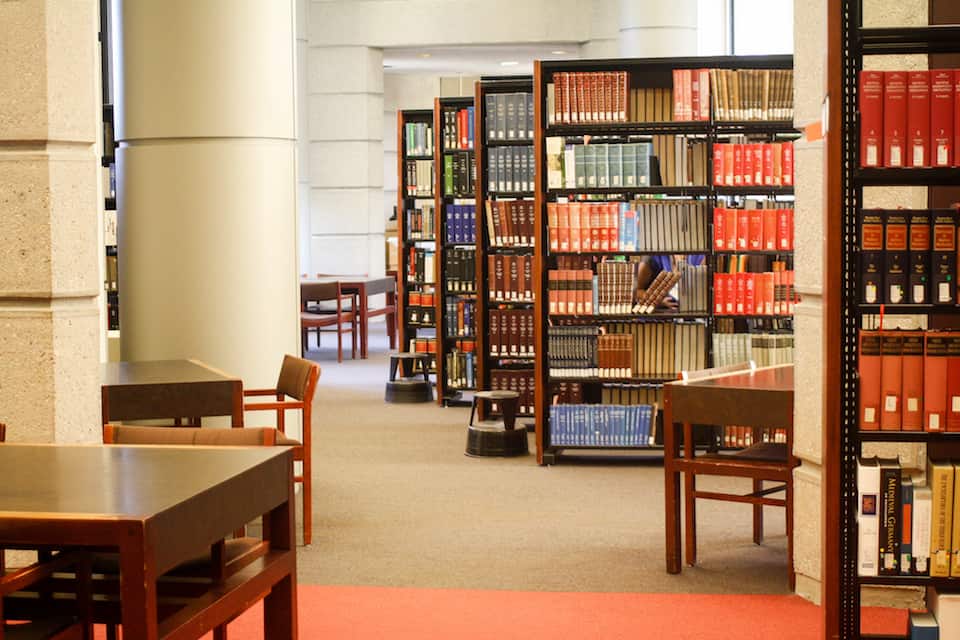The second phase of the Robarts renovations and expansion project is scheduled to begin this March. The project, which consists of the construction of an additional five storeys of study space, is expected to be completed by the spring of 2018.
The library currently attracts around 18,000 visitors a day, twice the number recorded in 1980, making a renovation long overdue. This is the 42 year-old library’s first extension.
The first phase of the construction took place from 2008 to 2012 and consisted of the renovation of the John P. Robarts Research Library.
New special collection areas were created, such as the Data, Map and GIS Centre and the Media Commons. The study space was refurbished and expanded, and the electronic infrastructure updated.
According to Althea Blackburn-Evans, director of news & media relations at U of T, the project will create an additional 1,222 study spaces, increasing the library’s capacity to 6,027 seats. Prior to the 2008 renovations, the seat count was 2,600. The expansion will amount to an additional 56,000 square feet over five storeys.
The majority of the funding for the project comes from Drs. Russell and Katherine Morrison, who provided funding for Morrison Hall, the addition to the Gerstein Science Information Centre, and the Morrison Pavilion. Other financial support has come from public funding from the province, libraries, and individual donors. The university has been raising funds for the revitalization since 2008.
Blackburn- Evans said that the renovation will create minimal disruption to students, with much of the construction-taking place on the side the building facing Huron Street; no study spaces will be closed during renovations, she said.
The Robarts Common will include an open square that will allow students to study outside in the warmer months. The square will feature seating amongst the cherry trees.
The common is designed with sustainability in mind, and will include a green roof, rainfall recycling systems, and low-emissions building materials. These aspects of the design will earn a silver rating according to the Leadership in Energy and Environmental Design.
A mix of quiet study areas and areas for group work will also be created. Thirty-two meeting rooms will be added, many complete with display screens and loudspeakers.
The addition is helmed by Diamond Schmitt Architects who intend to integrate the original Brutalist architectural style. Wood accents and wraparound glass will be included in an attempt to give the library more warmth and light. The glass walls will be equipped with light-sensing motorized blinds.
The expansion project is one of several initiatives central to the campaign goal of $65 million to refurbish the Gerstein Science Information Centre as well and the Thomas Fisher Rare Book Library.


